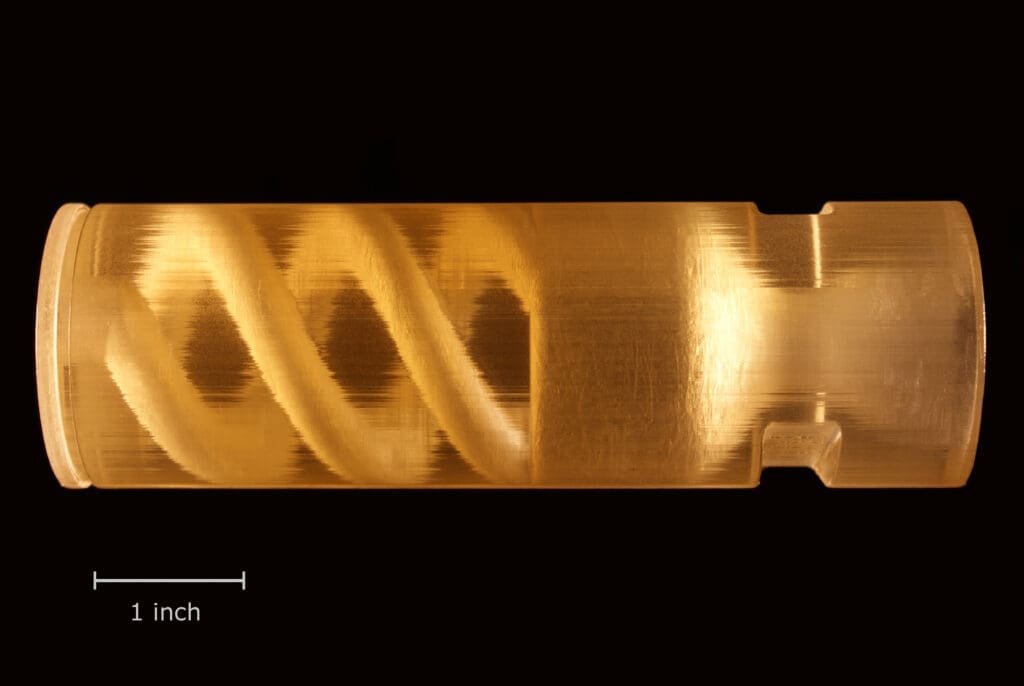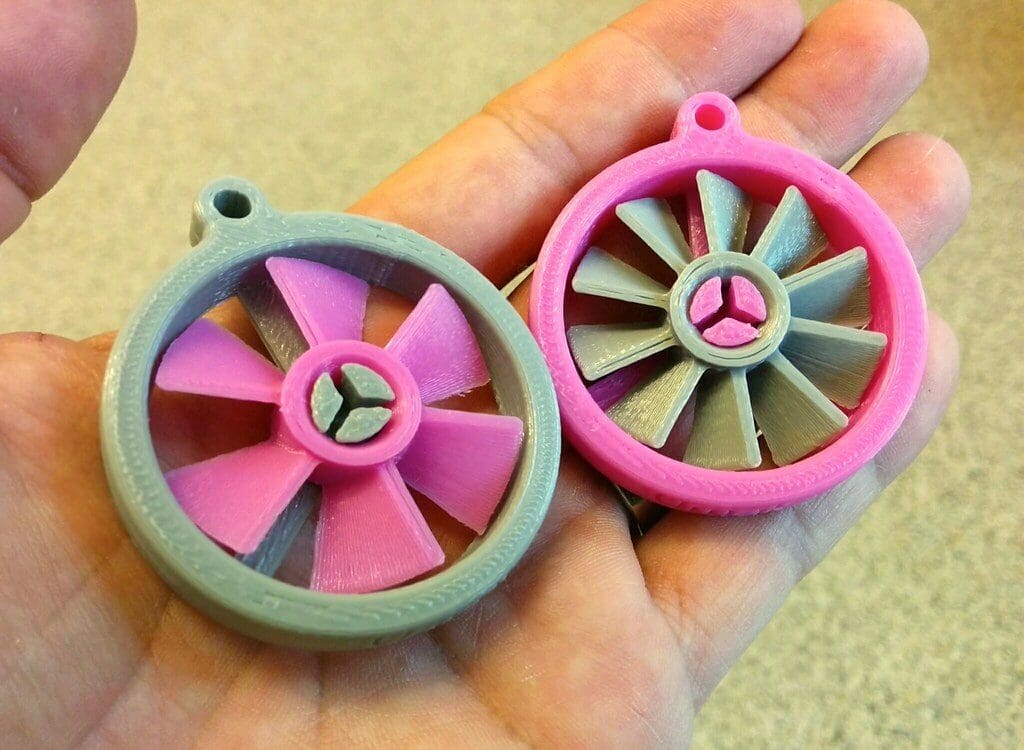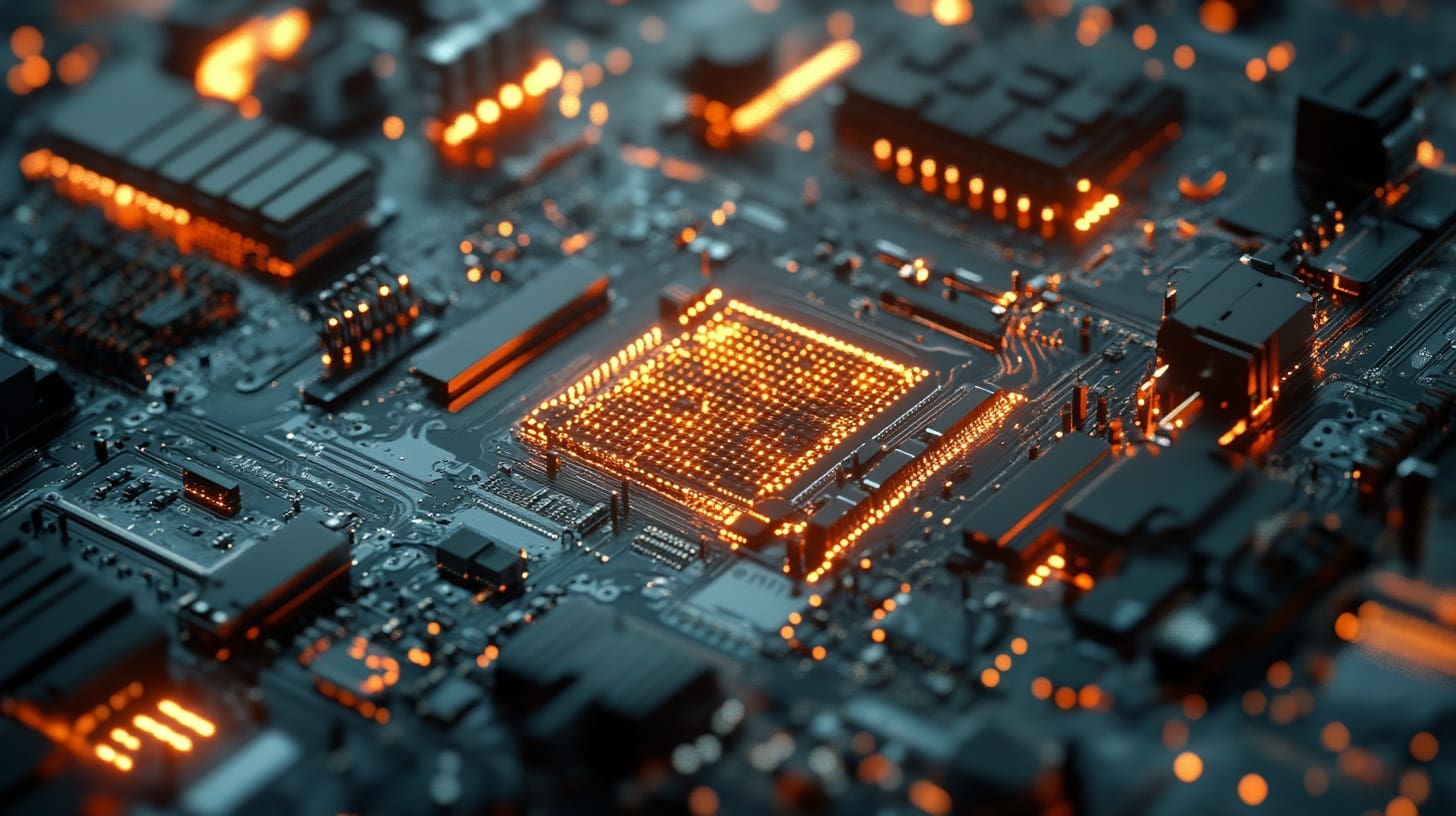Marine engineering, encompassing shipbuilding, offshore construction, and subsea technology, is experiencing significant transformation due to advancements in 3D printing. This innovative manufacturing technique, also known as additive manufacturing, offers a host of benefits that are particularly advantageous in the challenging environments of marine applications. From creating complex, bespoke components that enhance the performance and sustainability of marine vessels to facilitating repairs and maintenance at sea, 3D printing is setting a new course for the maritime industry.
The Emergence of 3D Printing in Marine Engineering
Originally used for rapid prototyping across various sectors, 3D printing has rapidly expanded its capabilities to include the production of functional, durable parts suitable for marine environments. This shift is driven by the development of advanced materials and printing technologies that can withstand the corrosive, high-pressure, and variable temperature conditions typical of marine settings. Today, 3D printing is not just reshaping how components are made but also revolutionizing design processes, supply chain logistics, and maintenance protocols in marine engineering.

Advantages of 3D Printing in Marine Engineering
Complex Geometries and Integration: 3D printing allows for the creation of complex geometries that are often impossible with traditional manufacturing methods. This capability is crucial for optimizing components for fluid dynamics, reducing weight, and integrating multiple functions into single assemblies, enhancing both the performance and efficiency of marine vessels.
Customization and Rapid Prototyping: The technology enables high levels of customization and rapid prototyping, allowing engineers to quickly design and test new components, adapt to specific operational needs, and innovate more freely. This is particularly beneficial in custom shipbuilding and the development of specialized subsea equipment.
Reduction in Material Waste and Costs: 3D printing is an additive process, significantly reducing material waste compared to traditional subtractive manufacturing. This not only lowers material costs but also aligns with the increasing environmental sustainability goals within the marine industry.
On-Demand Manufacturing: The ability to produce parts on-demand at or near the point of use revolutionizes inventory and supply chain management, particularly for ships and platforms operating in remote areas. This can drastically reduce downtime and logistical challenges associated with transporting parts.
Key Applications of 3D Printing in Marine Engineering
Propellers and Components: Propellers and other critical components can be optimized for specific vessel performance requirements using 3D printing. This includes creating lighter, more efficient designs that reduce fuel consumption and increase speed.
Custom Fixtures and Fittings: Interior fixtures, fittings, and custom cabin components can be produced on-demand for luxury yachts and commercial vessels, allowing for greater personalization and optimized space utilization.
Repair and Replacement Parts: 3D printing enables the rapid production of replacement parts directly on ships or offshore platforms, crucial for maintaining operations and reducing the time and cost associated with traditional repairs.
Subsea Structures and Tools: In subsea engineering, 3D printing is used to produce specialized tools and components for underwater construction and exploration. This includes items designed to withstand high-pressure environments and corrosive saltwater exposure.

Challenges in 3D Printing for Marine Engineering
Despite its potential, the adoption of 3D printing in marine engineering faces several challenges:
Material Durability and Standards: Ensuring that 3D-printed materials can endure the harsh marine environment is essential. This includes resistance to corrosion, UV exposure, and extreme pressures, all while maintaining structural integrity.
Certification and Compliance: Marine components often require rigorous certification to meet safety and environmental standards. Establishing a framework for certifying 3D-printed parts, particularly those critical to vessel safety, is complex and still evolving.
Technological Integration: Integrating 3D printing within traditional marine manufacturing processes and ensuring compatibility with existing systems and components poses logistical and technical challenges.
Future Directions in 3D Printing for Marine Engineering
The future of 3D printing in marine engineering looks promising, with ongoing advancements likely to enhance its applications and reliability. Continued innovation in printable materials and printing technology will address current limitations, making 3D printing more accessible and practical for larger-scale productions. Additionally, as regulatory bodies adapt to these new manufacturing methods, it will become easier to implement 3D printing solutions across the maritime industry.
3D printing is poised to continue its transformative impact on marine engineering, offering unprecedented opportunities for innovation in shipbuilding, repair, and the manufacture of marine equipment. As the technology evolves, it promises to enhance efficiency, reduce environmental impact, and revolutionize the way marine operations are conducted.








